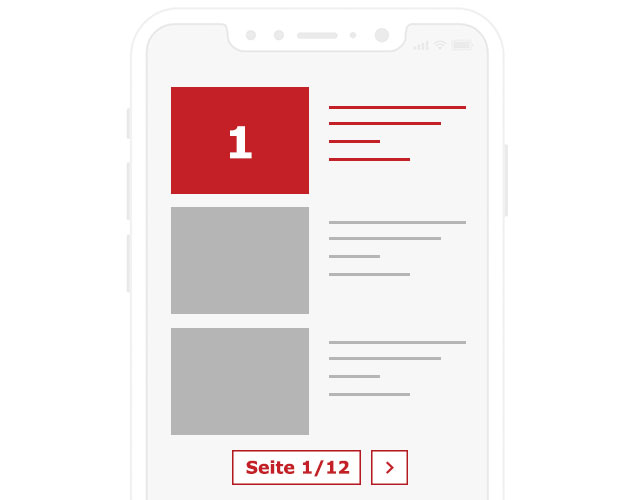is a companion
suitable as school horse/pony
Reliable for trail riding
US
Page-1-Ad

AT
AT
AT
AT
US
AT
DE
DE
DE
DE
AT
DE
DE
DE
AT
ES
DE
AT
Pinto horses are a Spanish word meaning painted, spotted, or coloured. It has been used for centuries to describe horses with coats of two different colours, specifically a combination of white and another colour distributed over the body in an identifiable pattern. Many different breeds of horse can exhibit these patterns, and so there is plenty of choice for anyone wanting to buy a pinto horse or pony. Pinto patterns can also be seen in horses that aren’t registered as any breed. When planning to sell a pinto, it’s important to make it clear whether the horse or pony is registered with a breed society or not. Whatever their status, horses with pinto colouring are always striking and draw lots of attention. The names of the different colour combinations vary between countries and reveal part of the fascinating history of this colour of horse.
Horses with pinto colouring come in all shapes, sizes and breeds. Whether a horse exhibits pinto colouring is all down to the genes. The distribution of unpigmented (white) patches and pigmented (coloured) patches depends on a specific genetic mutation. In certain rare cases, breeding from two parents with pinto markings can lead to problems, but most pinto coloured horses are healthy and active. In the UK, people who sell a pinto use the terms skewbald (for brown, or chestnut, and white horses) and piebald (for black and white animals). In Britain, the word “coloured”, as in “a coloured cob” is a general term to describe horses with pinto markings of any colour. In the USA, the terms overo, tobiano and tovero are used to describe various forms of coat patterning. “Spotted” or “spotted coloured” are other terms used in America when people are creating descriptions to sell a pinto. However, in Britain and other countries, “spotted” is confined to animals with spots such as Appaloosas and British Spotted horses and ponies.
Horses with pinto colouring have certainly existed for thousands of years, and anyone choosing to buy a pinto is in very good company! Two of the earliest examples can be seen in the tomb of Menna, who lived in Egypt some 3,300 years ago. They were a very flashy pair of chariot horses with spectacular chestnut and white markings. Persian rulers were clearly fond of the colouring as well, as pinto coloured horses in both black and white and brown and white patterns appear in Persian paintings. The first pinto coloured horses probably arrived in America with the Spanish conquistadors but pintos have gone in and out of fashion over the years. Examples of pinto coloured Lippizaners can be seen in 16th and 17th-century paintings, but then they disappear from history. At other times, people have shown a preference for solid coat colours and have shunned horses with gorgeous pinto colouring. Some cultures, however, such as native Americans and Romany people, have always admired and revered pintos as special animals, sometimes seeing them as symbols of fortune and success.
Since pinto colouring is found in so many different types of horse, there’s really nothing they can’t do! They have always been a superb choice for displays, films, TV and equestrian shows. The American Paint Horse Association, an international colour breed registry for pinto horses with specified stock horse and Thoroughbred ancestry, has one of the largest followings in the world. It’s proof that thousands of equestrians love quality horses with pinto colouring.
Pinto horses have a diverse range of personalities, as they come from a variety of breeds. However, they are generally known for their friendly and outgoing personalities. They are social animals and enjoy interacting with humans and other horses. They are also known for their intelligence and willingness to learn, making them easy to train for a variety of activities. Pintos are often used in riding sports, such as dressage, jumping, and western riding, as they have a natural athletic ability. They also have a calm and steady temperament, which makes them an excellent choice for novice riders and children.
Pinto horses have a distinctive coat pattern that is characterized by large patches of white and another color, such as black, chestnut, or bay. The patches can be of any size or shape and are distributed randomly on the horse's body. Pintos can be further classified into two types based on their coat pattern: the Tobiano and the Overo. Tobiano pintos have a predominantly white coat with large, oval-shaped colored patches that usually extend down the horse's neck and back. They also have white legs, and the colored patches are typically evenly distributed on both sides of the horse's body. Overo pintos, on the other hand, have more irregular patches of color that are usually located on the horse's lower body. They often have a white face and legs, and the colored patches tend to be more scattered and asymmetrical.
The Pinto horse's history is long and complex, as the term "pinto" refers to a coat pattern rather than a specific breed. Pintos can be found in many different breeds, including the American Quarter Horse, Arabian, and Thoroughbred. The Pinto horse has a rich cultural history, as they were often used by Native American tribes for hunting and war. They were also favored by Spanish conquistadors, who introduced them to the Americas. Over time, they became popular in rodeos and other Western riding events, as their striking appearance made them stand out in the arena. Today, Pinto horses are used for a variety of activities, from trail riding to competitive events. They are also popular as pleasure horses and are often kept as pets by horse enthusiasts.